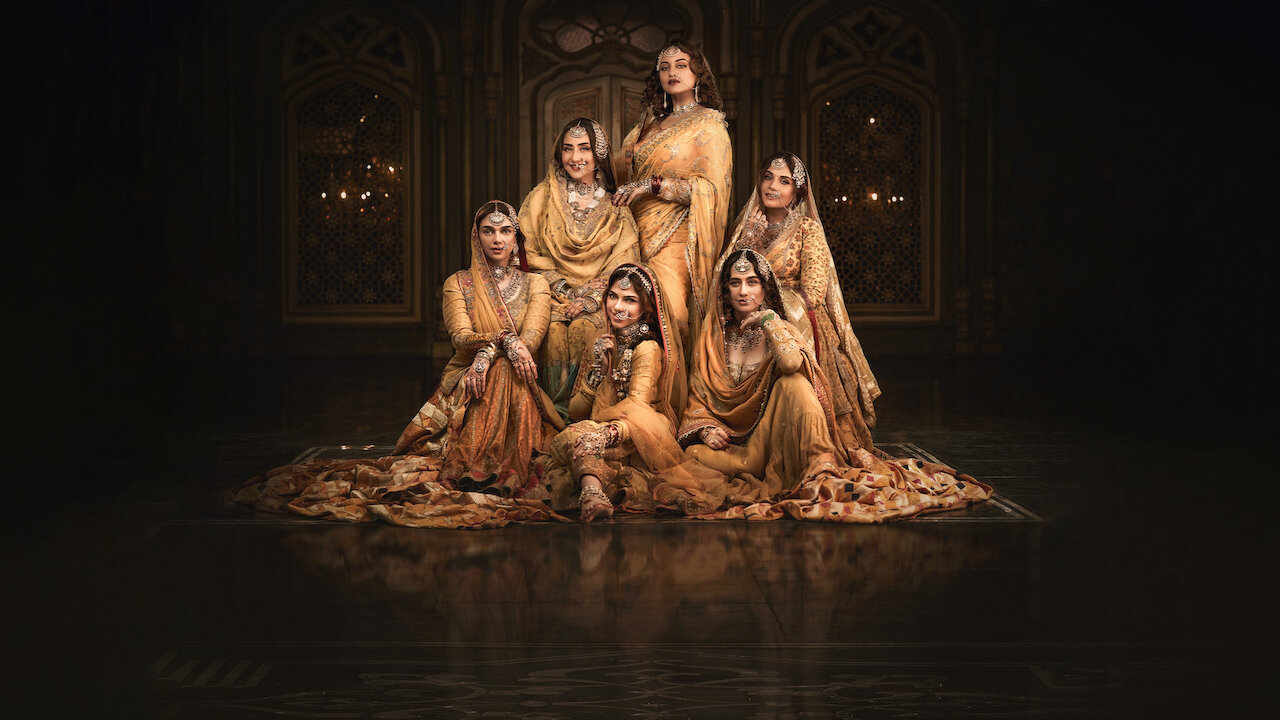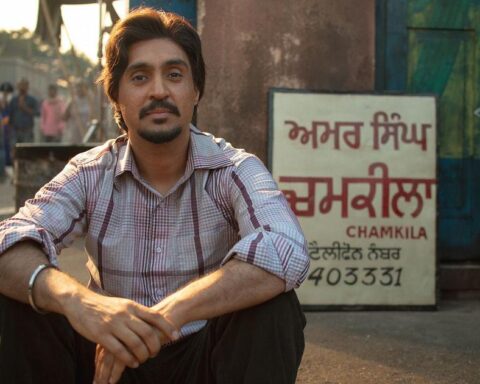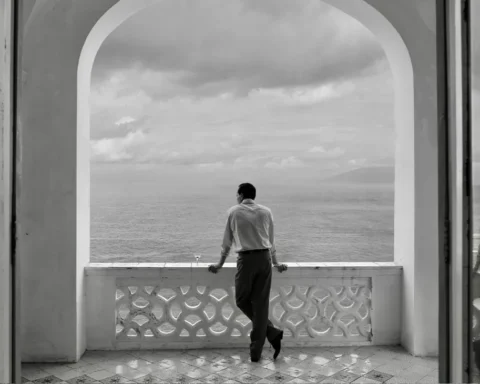Over the last few years, globally, there has been a significant increase in our degree of viewership due to the proliferation of various OTT platforms. As it has embraced niche audiences and content, it has empowered filmmakers and emerging talent to showcase their work to a wider audience. In India too, the wave has been felt with web series such as Sacred Games (2018), Scam 1992 (2020), Paatal Lok (2020), Jubilee(2023), and The Railway Man (2023), among others. The recent Netflix extravaganza, Heeramandi, directed by auteur filmmaker Sanjay Leela Bhansali, whose image among cinephiles and general viewers is held with respect, also roused similar expectations. Unfolding across eight episodes, the ambitious series centers around the lives of tawaifs (nautch girls) in the red-light district of Heera Mandi in Lahore, before the partition of India. The series has all the signature styles of the filmmaker of displaying exuberance and is crammed with exquisitely choreographed songs, grandiose sets, and gorgeous costumes. It’s evident that considerable effort went into bringing these sequences to life on screen. But unfortunately, it’s reflective of an old malaise that Bhansali hasn’t been able to shake off yet. Defined by the broad strokes of his previous films, the series is unable to recreate the same enchantment or quality of his better films. Scripted from a combination of research and imagination, the film takes many creative liberties, none of which honestly deserve a special mention.
Mallikajaan (Manisha Koirala) is the chief courtesan of Heera Mandi, a red light area in 1940s Lahore. She is a matriarch and controls the lives of everyone who resides in Shahi Mahal. She has two daughters: Bibbojaan (Aditi Rao Hydari), the elder one, and Alamzeb (Sharmin Segal). Bibbojaan is surreptitiously involved with the freedom movements and supports providing money earned from her patron, Wali Bin (Fardeen Khan). Alamzeb aspires to become a poetess, a dream that her remorseless mother does not support. She wants her daughter to embrace the same profession as hers. Tajdar (Taha Shah), an advocate, has returned from Oxford, and the moment he encounters Alamzeb, it makes his heart go for her. On several occasions, they meet one another, and love starts to blossom. Meanwhile, Fareedanjaan (Sonakshi Sinha), the daughter of Mallikajaan’s murdered sister, arrives to reclaim her rights, and a feud ensues between the aunt and niece. The freedom movement in India gathers momentum. Tajdar becomes a part of it, and Alamzeb’s life is significantly affected.
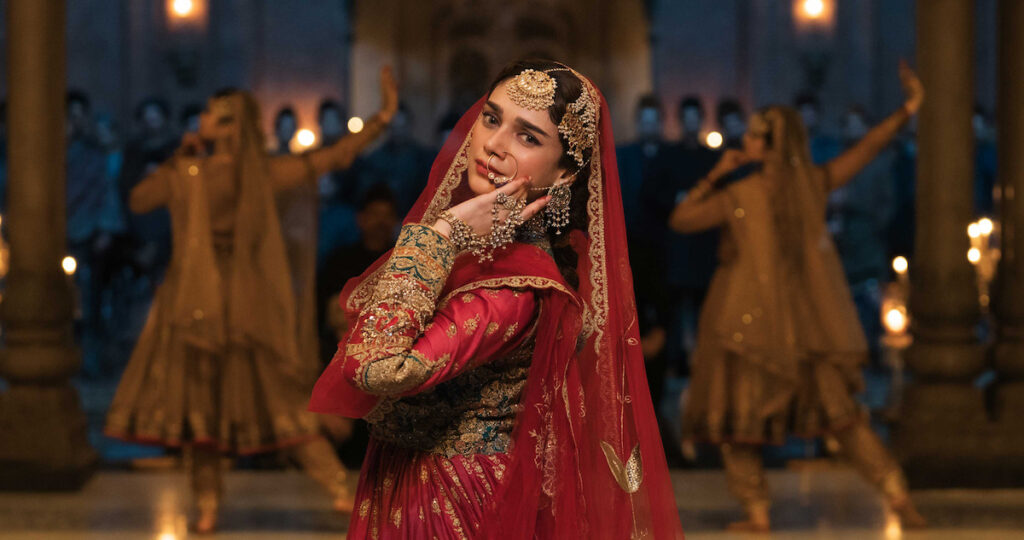
Based on a story by Moin Baig, Heeramandi is a tale of revenge between two equally vile and manipulative adversaries. It also portrays a doomed love story between two individuals from different social classes. Furthermore, it delves into the fate of a nation on the brink of liberating itself from the chains of slavery. But, above all, it is a grandiose project that fails to muster the heft it aspires to. Through this series, the filmmaker has claimed to pay homage to the films Mother India (1957), Mughal-e-Azam (1960), and Pakeezah (1972). But that does not mean that one should adhere to an old-fashioned and moth-eaten treatment with characters conversing in flowery prose that, after a moment, appears tiring and campy. Bhansali, who has also written the film’s screenplay with Vibhu Puri, tried desperately to stoke this dramatic saga right up to the final episode. There are some strong moments like Mallikajaan ordering Alamzeb to find the missing pearl, Mallikajaan sizing up Zoravar (Adhyayan Suman) for insulting Lajwanti (Richa Chadha) in full gathering, the confrontation between Mallikajaan and Fareedanjaan after no one turns up for the latter’s first performance, and Tajdar refusing to accept Alamzeb after she sneaks away from Shahi Mahal. But all the plot points do not land well, resulting in a narrative drag. The love story between Saima and Balli, or Lajwanti’s blind love for Zoravar, feels more like a filler than helping the progression of the story. Each of the episodes is an exercise in picture-perfect imagery, gorgeous lighting, and ornate set pieces. Lavishness is poured into every frame, leaving very little room for situations where we can genuinely connect with what is happening on screen. There is a scene where a woman shoots a police officer at a public gathering. This appears to be silly rather than brave. A woman, while sitting on the lap of a police officer, remembers a map so clearly as if she were a trained secret agent. The death of a courtesan is equated with the feeling of a nation waiting to be freed from oppression through a song sequence. It is also difficult to decipher the intention of the filmmaker regarding the character of Ustaad (Indresh Malik). Whether the eunuch is crafted for cringe-worthy humor or has a deep emotional resonance in the film remains ambiguous. However, there is an emotional scene between the Ustaad and Fareedanjaan involving a nose ring. There’s a lot going on in this series, yet very little is particularly remarkable. It would not be unfair to say that the conflicts and dilemmas of the characters looked like they were filtered from a daily soap opera.
The hallmark of any Bhansali creation has always been technical virtuosity and layered performances, and this series is no exception. The cinematography by Sudeep Chatterjee, Mahesh Limaye, and Huentsang Mohapatra has lyricism that evokes the distinctive decadent flavor of the period and provides psychological insights into the characters. It pulls us into the closeness of the spacious chambers and brings out all the color hues in various locations and differing light conditions. The long, uninterrupted shots are nothing less than cinematic feasts, capturing every emotion with precision and beauty. Bhansali, who has also edited the film, creates a rhythm that is unhurried, profound, and in tune with the poetic realism of the series. But even that could not save the film from its lackluster storytelling and choppy flow. Sanal George’s sound design creates an evocative mood and effectively immerses us in the diverse soundscapes of the era. He balances music and silence with such an elan that it creates a perfect complement to the visual design. The production design by Subrata Chakraborty and Amit Ray showcases interiors of exceptional beauty and cinematic integrity. They have meticulously captured the period depicted in the story and enhanced the grand scale of the magnum opus. The background score by Benedict Taylor and Naren Chandavarkar maintains a sensitivity that creates an atmosphere of subdued pain and loneliness. The costumes by Rimple and Harpreet Narula faithfully recreate the color, variety, and richness of the dresses worn in the period in which the film is set. Kruti Mahesh, the choreographer, deserves mention for the simply graceful and skillfully composed classical dance sequence.
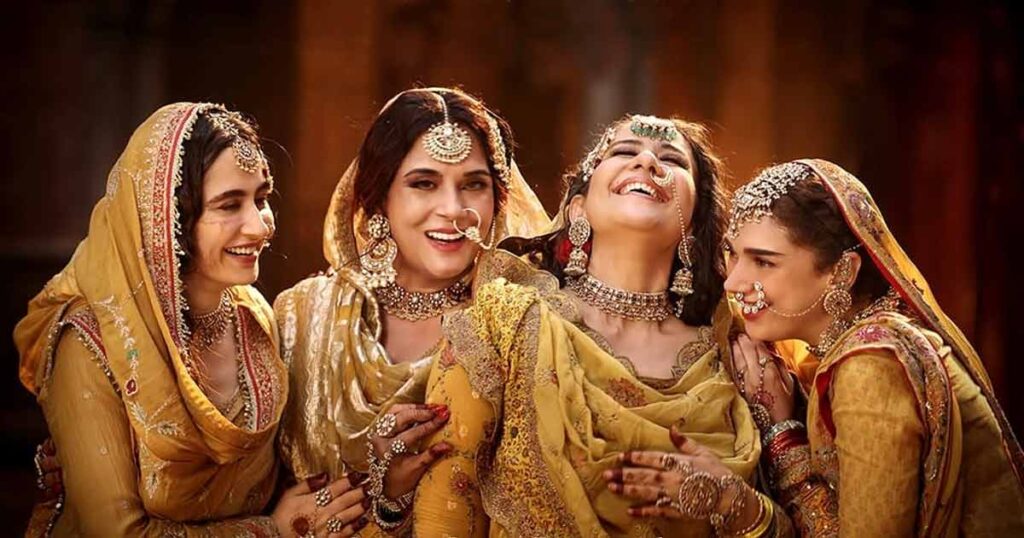
Manisha Koirala as Mallikajaan brings a dramatic and passionate portrayal of a woman forced to fight in an opportunistic and deceitful world. She flawlessly weaves expression, voice, and body language to convey a gamut of emotions. Sonakshi Sinha brings restraint and impressive acuity to Fareedanjaan, shining in a complex role with emotion and ease. Aditi Rao Hydari shines in scenes where she is in charge and becomes the epitome of grace and empathy. Sanjeeda Sheikh, as Waheeda, cut across the confines and limitations of her role. She embodies it with the depth and energy of a woman who has always been manipulated. Sharmin Segal slips uncomfortably into her role as Alamzeb, and as the film progresses, her awkwardness intensifies. Not to forget, Farida Jalal and Richa Chadha bring luminousness to their roles and sparkle in their few but effective scenes. Taha Shah as Tajdar required a much stronger personality to bring an enthralling chemistry with Alamzeb. Jason Shah’s portrayal of Alastair Cartwright is a clichéd depiction of a British police officer that we have seen multiple times. The rest of the men are secondary and lack well-developed characters.
Heeramandi fails to manage its sprawling storylines deftly and struggles to maintain emotional engagement throughout its daunting length. It is a splendidly staged celebration of courtesan culture and exists solely to add to the filmmaker’s repertoire whose forte now seems limited to creating ravishing spectacles rather than something substantive. If OTT platforms continue to churn out similar content one after the other, they will inevitably tread a path of lean patches. By the time they realize the need for a desperate turnaround, it may be too late.

